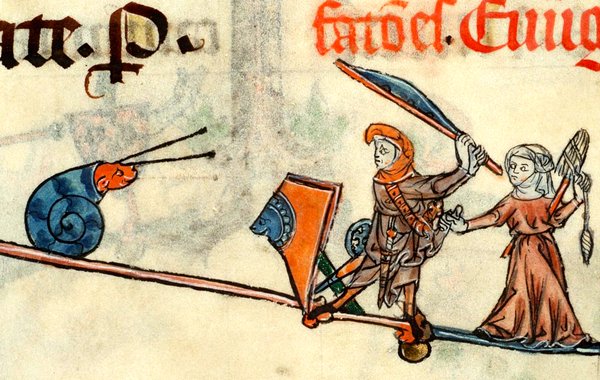

The mirror is in several parts, comprising a handle and two substantial pieces of bronze sheet, which would have formed a kidney-shaped mirror plate. The polished bronze mirror is characteristic of the Iron Age in southern Britain, with only around 30 decorated examples currently known. Among them a decorated bronze mirror, a pair of tweezers, a pin and numerous fragments from bronze vessels thought to be goods from a cremation burial. Courtesy Culture Trust, Lutonįrom Kensworth, Bedfordshire, came various Iron Age objects dating between 80 BC–AD 100. Iron Age Mirror handles found at Kensworth, Bedfordshire.


Norwich Castle Museum hopes to acquire the find. The anonymous inscription reads x PARMAT EST ‧ WEVEI ‧ DRA OBEST, likely meaning ‘armed with a shield, the outlaw dragon is harmful’, which suggests a mythic link between elephants and dragons – it was said that a dragon is an elephant’s only foe. The image may have been based on reports of these fabulous and exotic creatures from travellers or pilgrims returning from the East or from the Crusades, or from descriptions and images in bestiaries and other manuscripts.” “Few people in medieval England would have seen a live elephant. It is represented with a war-tower, or howdah, on its back, which subsequently became known as the ‘elephant and castle’ of heraldic iconography. “The motif engraved on the gemstone is a rare portrayal of an elephant from the medieval period, which is found mainly on objects signifying wealth and status, such as carved ivory gaming pieces and heraldic badges. “This gold counter-seal, or private seal, would have been used to seal letters or documents, and demonstrated the wealth, status and education of its owner,” says Beverley Nenk, Curator: Later Medieval Collections. The castle reflects the animal’s close association with the east, where Indians and Persians were said to use such structures to fight from in battle.Ī live elephant was present in the royal menagerie of Henry III at the Tower of London between 1255–1257 as a gift from Louis IX of France.
#Snails in medieval manuscripts portable#
Engraved with an elephant carrying a castle or howdah on its back, it was discovered in 2020 and is the third such gold seal matrix to be recorded through the British Museum’s Portable Antiquities Scheme (PAS), showing how rare they are.ĭating between AD 12, elephants appear in examples of early medieval art as a symbol of fidelity, gentleness, great strength and longevity, including Romanesque sculpture and Byzantine silks. Courtesy Norfolk County CouncilĪnother creature can be found on a medieval seal matrix found in East Walton, Norfolk. Whatever its meaning Wakefield Museum hopes to acquire the tiny treasure, which measures just two centimetres high.Ī cast from the Elephant Seal Matrix. As such, it demonstrates the humour often found in medieval material culture.” “The mount may be a satirical reference to cowardly or non-chivalric behaviour of opponents in battle, or as a parody of the upper or knightly classes. Snails are often depicted in the margins of medieval illuminated decorated manuscripts and are thought to symbolise cowardice, and this may be the intended meaning. “The image of the praying knight emerging from a snail shell atop a goat implies an element of parody or satire. “This unusual silver-gilt mount may once have been attached to a leather belt or strap, or perhaps worn as a badge,” says Beverley Nenk, Curator: Later Medieval Collections at the British Museum. But depictions of snail combat are apparently something of a phenomenon – with knights engaged in mortal combat with the otherwise benign gastropods often popping up in manuscripts from the period. The figure’s hands are pressed together as if in prayer, implying it has religious connotations.Īnyone who has studied the symbolism of medieval imagery will know that representations of fantastic beasts are common in medieval art. The male knight wears a Norman style helmet with a long-sleeved tunic and one leg lunging forwards, suggesting he is stepping out from the shell. The unusual and unique medieval ‘snail man’ mount from Pontefract, West Yorkshire, was found in 2020 and experts date it to AD 1200–1350.

Of these over 93% were acquired by museums local to the findspot and, as ever, the vast majority (96%) were found by metal detectorists but with 22% of local museums benefiting from finders waiving their fee, for some it has been much easier to acquire these finds for public benefit without the need for fundraising.


 0 kommentar(er)
0 kommentar(er)
